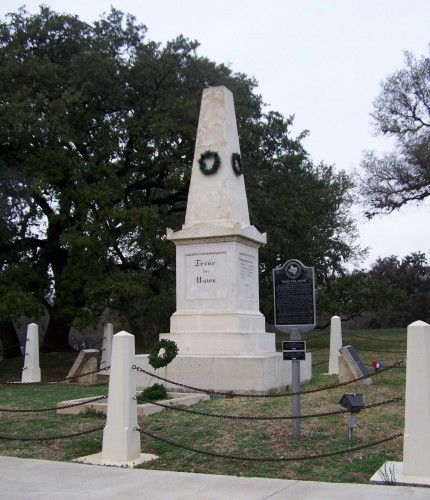Another Texas author recently put a question up on one of those interminable LinkedIn author discussion forums; which, of all the years in the 19th century was the most exciting, the most pivotal, the year where everything happened, the most significant when it came to what America was and what it would be. There’s a case to be made and argued for at least a dozen or more, but I put up an argument for 1876. That was that Centennial year; the United (and occasionally dis-united) States observed a hundred years of existence. American citizens looked back on a hundred years and were generally pleased and satisfied with what had been accomplished; an independent country, a democratic republic, based on the active participation of engaged and responsible citizens; no hereditary ruling class, no established nobility or royalty, just a from-the-bottom-up administration drawn from the local and state level, feeding into a relatively restrained federal establishment! And it had managed to last a hundred years! It had succeeded politically, militarily, socially, and technologically, establishing dominion over a large swath of the American continent, from sea to shining sea. Much of the evidence of this was on proud display at the Centennial Exposition in Philadelphia, America’s very first World’s Fair. It is estimated that visitors to the Exposition amounted to about a fifth of the U.S. population of the time. One exhibit, of an authentic colonial period kitchen, kicked off an enthusiasm for architecture and interior decorating in what had then been an archaic style.
celia hayes
History Friday: The Fight at Plum Creek
The historian T.R. Fehrenbach postulated that the unique character of Texas came from one thing which differentiated it from other trans-Mississippi states; that it was in a constant state of war for the best part of half a century and so the readiness to fight for life at a moment’s notice became ingrained. Usually the fight was with the Comanches, who lived for war, plunder and ransom. While the Anglo settlers occasionally took a break from fighting to farm or ranch, or take up some peaceable trade, the Comanches never did; there was no other means of advancing in their culture, save being a fearless warrior and raider. At the high noon-time of their peak, they were the lords of the southern plains, from the Arkansas River to the Balcones Escarpment, having ruthlessly pushed other tribes out the Tonkawa, Lipan Apache, the Karankawa and others. The Comanche ranged and raided as far as they pleased, occasionally interrupted by a fragile peace treaty.
A relative period of peace between the Penateka, or southern Comanche, and the Republic of Texas came to a spectacularly violent end in the spring of 1840 during the course of what had been intended as a peace conference in San Antonio. A contingent of chiefs and Texan peace commissioners met in a large building adjoining the town jail, on Main Plaza and Market Street. In token of their good faith, the chiefs had promised or led the Texans to believe they had been promised to turn over a number of captives, and sign a peace treaty. But the Penateka only released one; a teenaged girl, Matilda Lockhart, who had been savagely abused, raped and mutilated during a year of captivity. She told the disappointed and outraged Texan officials that the Comanches camped outside the town held more than a dozen other captives, including her own sister, but meant to extort large ransoms for each. When the chiefs and the peace commissioners met again, the commissioners asked about the other captives. The leader of the chiefs answered that they had brought in the only one they had. The others were with other tribes. And then he added, insolently, “How do you like that answer?”
A Little Bit of History – The Nueces Fight
As I am going up to Comfort, Texas on the 11th of August, to take part in the 150th anniversary observences of the Nueces Fight, and since this Civil War event is very little known outside of Texas — herewith some background. It’s longish, so in two parts, the second part posted tomorrow.)
Further Adventures in Book Marketing
Well, no one ever really considered our family or anyone in it as cutting-edge … although it might be fairly argued that we were mosying so slowly along behind everyone else in our practices and preferences that the cutting-edge, tres-up to the minute actually came around full circle in the last half-decade and caught up to us at last. Home-made everything, home vegetable garden, chores for children, no television, tidy small houses and abstention from debt of every sort, from student to credit-card … an enthusiasm for all such things are now apparently trendy and forward-thinking.
In Translation
Ever since I finished the Adelsverein Trilogy, I’ve wanted to have a German language version out there.
